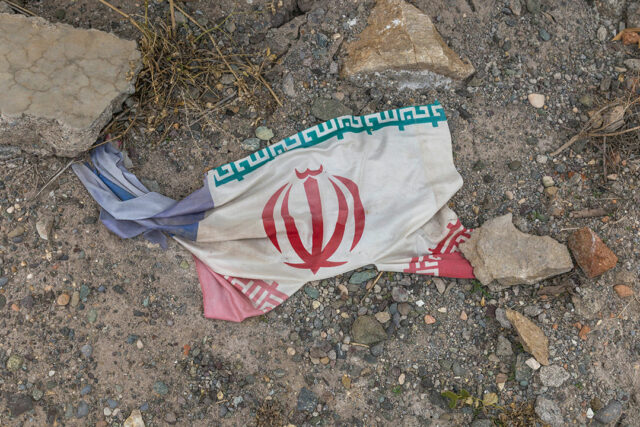ERC sets final prices for 4th green energy auction

THE Energy Regulatory Commission (ERC) has issued the final ceiling prices for the fourth round of the Green Energy Auction (GEA-4), which will offer 10,653 megawatts (MW) of renewable energy (RE) capacities.
In a resolution, the ERC set the green energy auction reserve (GEAR) price at P5.68 per kilowatt-hour (kWh) for ground-mounted solar, P4.4832 per kWh for rooftop solar, and P6.5258 per kWh for floating solar.
For other technologies, the commission set the GEAR price at P6.0859 per kWh for onshore wind and P5.4028 per kWh for solar systems equipped with energy storage.
The GEAR price serves as the maximum price in pesos per kWh that will be used as the basis for bid offers during the auction.
Most of the final prices are higher than the preliminary figures after the ERC received comments from stakeholders and conducted public consultations.
In a recent advisory, the Department of Energy (DoE) raised the total capacity for floating solar in the Visayas due to regional demand and increased investor interest.
Under GEA-4, developers may compete for 3,940 MW of ground-mounted solar, 48 MW of rooftop solar, 3,175 MW of floating solar, 2,390 MW of onshore wind, and 1,100 MW of solar with energy storage.
In a statement on Saturday, the DoE said the auction proper is scheduled for Sept. 2. The list of winning bidders will be released on Oct. 22.
As a flagship government initiative, the program is expected to support the target of increasing the RE share in the country’s power generation mix to 35% by 2030.
“With over 10 gigawatts of solar and wind capacity up for auction — targeted for commercial operations from 2026 to 2029 — this round aims to boost the RE share in the country’s energy mix, strengthen grid reliability, and ensure energy security,” the DoE said.
“GEA-4 not only promotes increased investment in RE, but also affirms the DoE’s commitment to competitive, transparent, and efficient energy procurement practices,” it added. — Sheldeen Joy Talavera


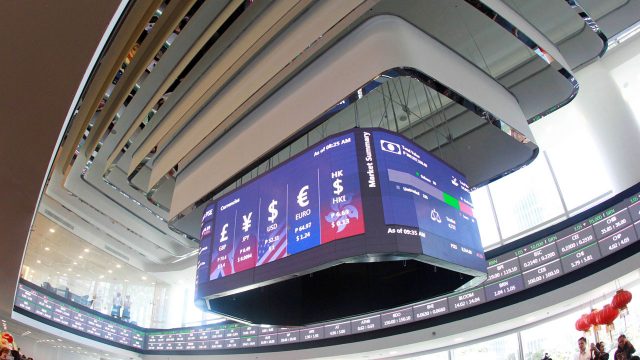



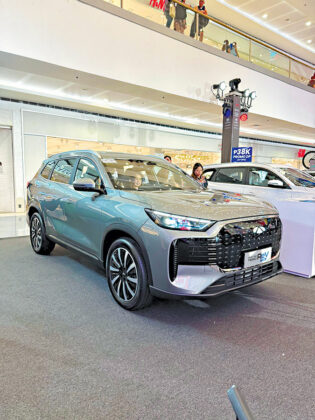


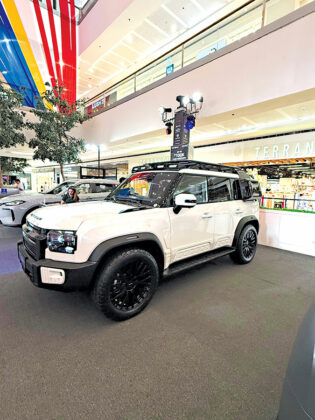



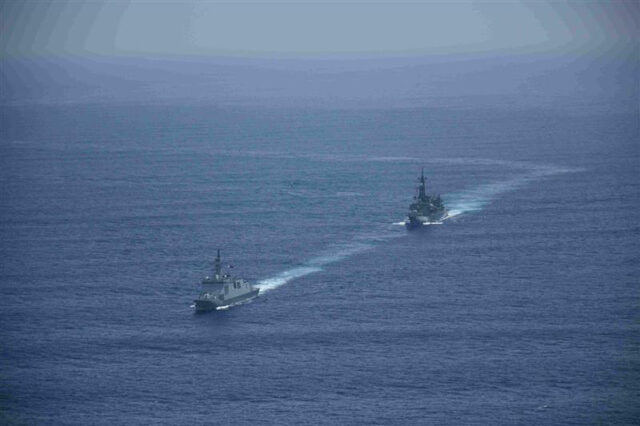

 For the past 30 years, Kenny Rogers Roasters has redefined what healthy tastes like by offering wholesome, flavorful meals in a fast-casual setting. Known for its
For the past 30 years, Kenny Rogers Roasters has redefined what healthy tastes like by offering wholesome, flavorful meals in a fast-casual setting. Known for its  These thoughtfully crafted combinations reflect the brand’s enduring commitment to making
These thoughtfully crafted combinations reflect the brand’s enduring commitment to making  “I Love Me Better”: The Campaign that Marks Legacy
“I Love Me Better”: The Campaign that Marks Legacy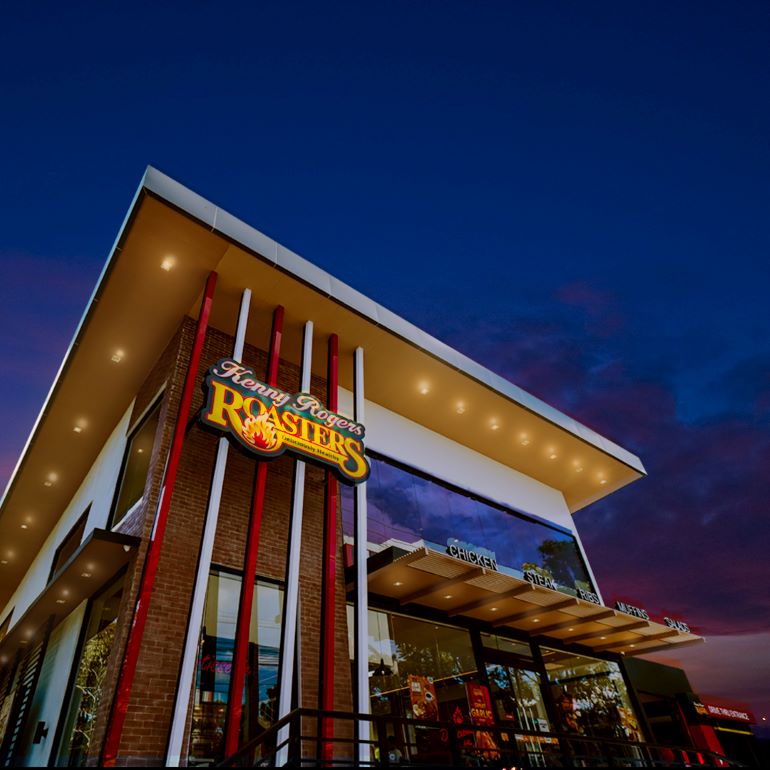 Reflecting this bold message, the “I Love Me Better” campaign took over high-traffic, unexpected spaces—from a full
Reflecting this bold message, the “I Love Me Better” campaign took over high-traffic, unexpected spaces—from a full 

